Chance
Случай
Случай
Alisa Yoffe's "Chance" project is the artist's first turn to abstraction in a long time (since 2015). It completes the period of developing a more direct use of social narratives. The absence of "depiction" of social relations on the surface of the canvas, however, does not mean that abstraction itself is "pure" art outside the context of its origin. Thus, Meyer Shapiro in his pivotal text "On the Nature of Abstract Art" proposed an acute social interpretation of abstraction. For him, the gestures and traces left by the author's expressiveness condense into an allegory of the social structure of industrial capitalism. No matter how plotless, non-objective painting may be, this absence of a narrative brings attention to the meaning of the very use of artistic tools and methods. That is, in turning to abstraction, production relations reach their meaning in culture. With regard to Alisa Yoffe's project, it is important that her work is done in an accessible application Procreate. The advertising slogans of this application read: "Take an art studio with you" and "sketch, draw, create". It is important for us how the modern market of consumer applications recreates the mythology proposed in the 19th century for a work of art. A sketch, a drawing, a creation (an artwork) is a pyramidal idea of bringing a certain creative idea out of oblivion. This advertisement reproduces almost verbatim the "classical" scheme of creating a work, making the "academic approach" accessible to the broadest digital masses. This idea of the creation continuity projects power hierarchies onto society itself. Rather than simply sustaining this myth, the "Chance" project builds resistance to its medium, which in this case is a mobile application and the order, the system of actions it imposes. Yoffe erases existing sketches with her finger on the tablet, emphasizes the "randomness of the finger", showing how chaotic the relationship between technology and the idea of pictorial skill can be. A researcher of Dickens's prose, Raymond Morris rightly wrote that Dickens's novels imply a new image of the city: "the city becomes the method of writing." Dickens shows that the system of a large industrial center seems to all its inhabitants a necessity and an imperious machine, whereas Dickens through writing shows the randomness of such a constellation. It is all woven of coincidences and extraordinary measures, which then become the conditions of life and the rules for generations to come. Subjecting the idea of the city to reverse-engineering, revealing the role of chance in its functioning, is an important moment for Dickens's modernism. In this project, Alisa Yoffe talks about how transferring from the Procreate application to the canvas creates an architectural impression. Her project connects architecture to the randomness of fingers. The artist says that this project reinterprets or even parodies the suprematism of Malevich, for whom the elements really meant a view of the city and houses from the air. For the world of suprematism, the industrial city is the result of planning and a system. For Yoffe, the reference to suprematism reveals the "absurdity" of the first drawing, its connection to bodily movements. Thus, she criticizes the hierarchy from sketch to finished work, creating a parody of the modern city "creative" design. This city is not marked with a compass and ruler like Malevich, Rodchenko and Lissitzky - it is mediated by the demands of spontaneity and self-expression through applications. In this case, the very appeal to abstraction is not so much a reference to the conventions of painting as an analysis of the "creativity" conventions in digital applications.
Boris Klushnikov
Boris Klushnikov
Проект «Случай» Алисы Йоффе является первым за долгое время обращением художницы к абстракции (впервые с 2015 года), завершая период разработки более прямого использования социальных сюжетов. Отсутствие «изображения» социальных отношений на поверхности холста, тем не менее, не означает, что абстракция сама по себе является «чистым» искусством вне контекста возникновения. Так, Мейер Шапиро в своем поворотном тексте «О природе абстрактного искусства» предложил острую социальную трактовку абстракции. Для него жесты и следы, оставленные экспрессивностью автора, сгущаются в аллегории социального устройства промышленного капитализма. Какой бы бессюжетной, беспредметной ни была живопись, это отсутствие сюжета переносит внимание на смысл самого использования художественных инструментов и методов. То есть в обращении к абстракции производственные отношения доходят до своего смысла в культуре. В отношении проекта Алисы Йоффе важно, что ее работы сделаны в доступной программе Procreate. Рекламные слоганы этого приложения гласят: «Возьми художественную студию с собой» и «набрасывай, рисуй, создавай». Для нас важно, как современный рынок потребительских приложений для творчества воссоздает мифологию, предложенную в XIX веке в отношении произведения искусства. Набросок, рисунок, создание (творение) – это пирамидальная идея о воплощении из небытия определенного творческого вдохновенного замысла. Эта реклама почти дословно воспроизводит «классическую» схему создания произведения, делая «академический подход» доступным для самых широких цифровых масс. Эта идея о поступательности творения проецирует властные иерархии и на само общество. Вместо того чтобы просто поддерживать этот миф, проект «Случай» выстраивает сопротивление своему медиуму, которым в данном случае является мобильное приложение и навязанный им порядок, система действий. Йоффе стирает пальцем по планшету уже существующие наброски, акцентирует «случайность пальца», показывая, насколько хаотичными могут быть отношения между технологией и идеей живописного мастерства. Исследователь прозы Диккенса Рэймонд Моррис справедливо писал, что романы Диккенса подразумевают новый образ города: «город становится методом письма». Диккенс показывает, что система крупного индустриального центра кажется всем его жителям необходимостью и властной машиной, тогда как Диккенс посредством письма показывает случайность такой констелляции, как современный город. Он весь соткан из совпадений и чрезвычайных мер, которые затем становятся условиями жизни и правилом для последующих поколений. Подвергнуть идею города реверс-инженерингу, выявив в его функционировании роль случайности, – важный момент для модернизма Диккенса. В этом проекте Алиса Йоффе говорит о том, что перенос из приложения Procreate на холст создает архитектурное впечатление. В ее проекте архитектура связывается со случайностью пальцев. Художница говорит, что этот проект переосмысляет или даже пародирует супрематизм Малевича, для которого супремы действительно подразумевали вид на город и дома с высоты полета. Для мира супрематизма индустриальный город – результат планирования и системы. Для Йоффе обращение к супрематизму выявляет «нелепость» первого чертежа, его связь с телесными движениями. Тем самым она критикует иерархию от наброска к готовому произведению, создавая пародию на «творческое» проектирование современного города. Этот город не расчерчен циркулем и линейкой, как у Малевича, Родченко и Лисицкого, – он опосредован требованиями спонтанности и самовыражения посредством приложений. В этом случае само обращение к абстракции – не столько указание на конвенции живописи, сколько анализ конвенций «творчества» в цифровых приложениях.
Борис Клюшников
Борис Клюшников
PRESS
Vickery.art. The Chronicle
Vickery.art
Vickery.art
Rober Lepazh in the National Theather and the first Russian Horrow Fest: afisha from 9 to 15 December
Forbes Russia
Forbes Russia
Shows of the week: Artguide's choice. December 2021
Artguide
Artguide
PHOTOS
Photo by Jenia Filatova
Photo by Jenia Filatova

Photo by Jenia Filatova
Photo by Jenia Filatova

Photo by Jenia Filatova

Photo by Jenia Filatova

Photo by Jenia Filatova

Photo by Jenia Filatova








